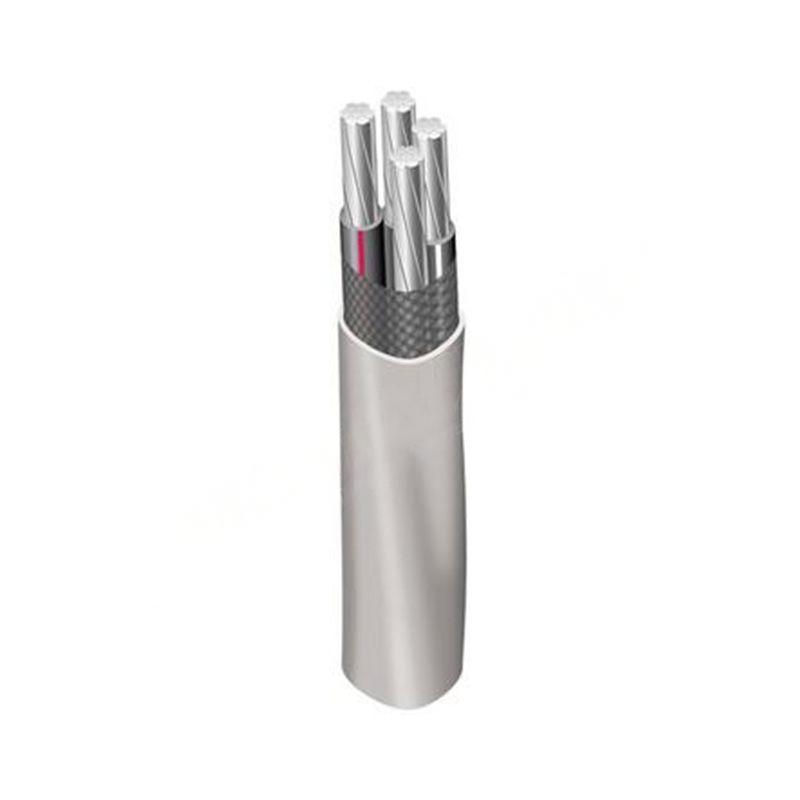Nov . 23, 2024 17:06 Back to list
3 way globe valve
Understanding 3-Way Globe Valves An Essential Component in Fluid Control Systems
In a world where precise control of fluid movement is crucial across various industrial applications, the 3-way globe valve stands out as a vital component. This type of valve, designed for the regulation and distribution of fluids, particularly in pipelines, combines both functionality and efficiency, making it a preferred choice in many sectors including oil and gas, water treatment, and chemical processing.
What is a 3-Way Globe Valve?
A 3-way globe valve is a type of valve that features three ports—two inlets and one outlet (or vice versa). Unlike other valve types, such as ball or butterfly valves, the globe valve's design allows for excellent flow regulation and throttling capabilities. The flow can be directed into two different pathways, permitting a singular or combined flow based on the operational requirements.
Functionality and Design
The globe valve's unique design consists of a round body, a movable disc (or plug), and a seat that allows the disc to control flow. The positioning of the disc determines whether the valve is fully opened, partially opened, or closed, thereby regulating the flow. With the ability to divert flow between two different outlets, 3-way globe valves are instrumental in applications that require mixing or diverting fluids.
The ports of these valves can come in various configurations—namely L-port and T-port designs. L-port valves are primarily used for diverting flow, allowing for either of the two inlets to be connected to the outlet. In contrast, T-port valves can connect both inlets to the outlet simultaneously, which is particularly useful in mixing processes.
3 way globe valve

Applications in Industry
3-way globe valves are widely used in numerous industries. In oil and gas, they control the flow of hydrocarbons and help manage pressure relief systems. In chemical processing, they regulate the flow of reactants, ensuring the right proportions for chemical reactions. Water treatment facilities utilize these valves to mix different chemical agents required for purification processes.
Moreover, the robust construction of 3-way globe valves allows them to withstand high pressure and temperature, making them suitable for demanding environments. The materials used, often stainless steel or bronze, provide durability and resistance to corrosion.
Advantages of 3-Way Globe Valves
The benefits of using 3-way globe valves are plentiful. Their design promotes a more stable flow control, reducing the risk of pressure fluctuations. The ease of operation allows for quick adjustments, making them practical in dynamic environments where conditions can change rapidly. Furthermore, the robust construction ensures longevity and reduced maintenance needs, offering a better return on investment in the long run.
Conclusion
In summary, 3-way globe valves are indispensable tools in fluid control applications. Their ability to regulate, mix, and divert flows with precision makes them essential in many industrial processes. As industries continue to evolve and demand more efficient solutions, the role of 3-way globe valves will undoubtedly remain significant, underpinning the critical operations that drive modern infrastructure and manufacturing.
Share
-
Reliable Wafer Type Butterfly Valves for Every IndustryNewsJul.25,2025
-
Reliable Flow Control Begins with the Right Ball Check ValveNewsJul.25,2025
-
Precision Flow Control Starts with Quality ValvesNewsJul.25,2025
-
Industrial Flow Control ReliabilityNewsJul.25,2025
-
Engineered for Efficiency Gate Valves That Power Industrial PerformanceNewsJul.25,2025
-
Empowering Infrastructure Through Quality ManufacturingNewsJul.25,2025